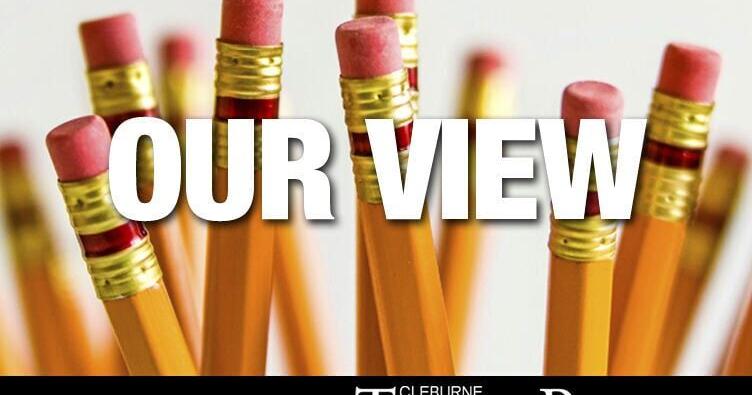Their View: Be careful not to share disinformation
In today’s interconnected world, the rapid dissemination of information has become a double-edged sword. While the internet empowers individuals with access to a vast ocean of knowledge, it also presents a fertile ground for the proliferation of disinformation – false information deliberately spread to mislead. The ease with which misinformation can be shared across social media platforms and messaging apps necessitates a heightened sense of responsibility and critical thinking from every internet user. We must become discerning consumers of information, carefully evaluating the sources and veracity of the content we encounter and share. Failing to do so has significant consequences, impacting not only individual perceptions but also potentially affecting critical decisions, public opinion, and even real-world events.
The dangers posed by disinformation are manifold. It can erode trust in established institutions, from media outlets to government agencies, by creating a climate of skepticism and suspicion. This erosion of trust can then be exploited to promote specific agendas, often driven by political motivations or ideological biases. Furthermore, disinformation can fuel social divisions by spreading misleading narratives that exacerbate existing tensions within communities. In extreme cases, the spread of false information can incite violence and hatred, as evidenced by instances of online misinformation leading to real-world attacks. The impact of disinformation transcends individual harm, potentially destabilizing societies and undermining democratic processes. Therefore, combating the spread of disinformation is not merely an issue of online etiquette, but a crucial challenge that requires our collective attention and proactive engagement.
Recognizing and avoiding the spread of disinformation requires individuals to adopt a more critical approach to the information they encounter online. A key element of this is verifying the source of the information. Is the source credible and reputable? Does it have a history of accuracy and objectivity? Be wary of websites or social media accounts that lack transparency or exhibit clear biases. Another essential step is cross-referencing information with multiple trusted sources. If several reputable sources corroborate the information, it’s more likely to be accurate. Conversely, if the information only appears on obscure or partisan websites, it should be treated with skepticism. Developing these critical evaluation skills is paramount in navigating the complex information landscape of the internet.
Furthermore, understanding the different forms disinformation can take is crucial in identifying and combating its spread. Disinformation often masquerades as genuine news, employing sophisticated tactics to mimic legitimate reporting. Deepfakes, for instance, use artificial intelligence to create fabricated videos that appear incredibly realistic, potentially damaging reputations and spreading false narratives. Another common tactic is the manipulation of images and videos, subtly altering content to create a misleading impression. Furthermore, disinformation campaigns frequently use bots and fake accounts to amplify their message, creating an illusion of widespread support for a particular viewpoint. Being aware of these tactics empowers individuals to approach online content with a healthy dose of skepticism, recognizing that not everything presented as factual is necessarily true.
The responsibility for combating disinformation does not solely rest on individuals. Social media platforms, as the primary conduits for the spread of misinformation, bear a significant responsibility in addressing this issue. They must invest in robust content moderation systems to identify and remove disinformation campaigns and malicious actors. Transparency in their algorithms and content moderation policies is also crucial, allowing users to understand how information is filtered and prioritized on these platforms. Furthermore, promoting media literacy initiatives is essential in empowering users with the critical thinking skills necessary to navigate the online world safely and responsibly. Collaboration between social media platforms, government agencies, and educational institutions is crucial in creating a comprehensive approach to tackling the challenge of disinformation.
Ultimately, combating disinformation requires a multi-faceted approach that involves individual responsibility, platform accountability, and societal awareness. We must cultivate a culture of critical thinking, encouraging individuals to question the information they encounter and to seek out credible sources. Educational initiatives aimed at promoting media literacy are crucial in equipping individuals with the tools to identify and resist disinformation. Furthermore, holding social media platforms accountable for the content hosted on their platforms is essential in stemming the tide of misinformation. Only through collective action and a concerted effort to prioritize truth and accuracy can we mitigate the harmful effects of disinformation and safeguard the integrity of our information ecosystem.


